Who arranged stones in huge circles in the Golan Heights? What was the pyramid of Madras for? Let’s delve into the most intriguing sites in Israel.
Around the world there are quite a few mysterious sites that raise questions about how they were formed and for what purpose they were used.
Although Israel is small, and most of its corners are well known, one can still find mysterious and intriguing sites: stone circles in the Golan Heights, a Crusader fortress in the center of the country that has been closed for decades, round rocks scattered in the desert, and ancient rock paintings.
Here is a look at some of the special and mysterious sites in Israel, from north to south:
1. Dolmens in the Golan Heights
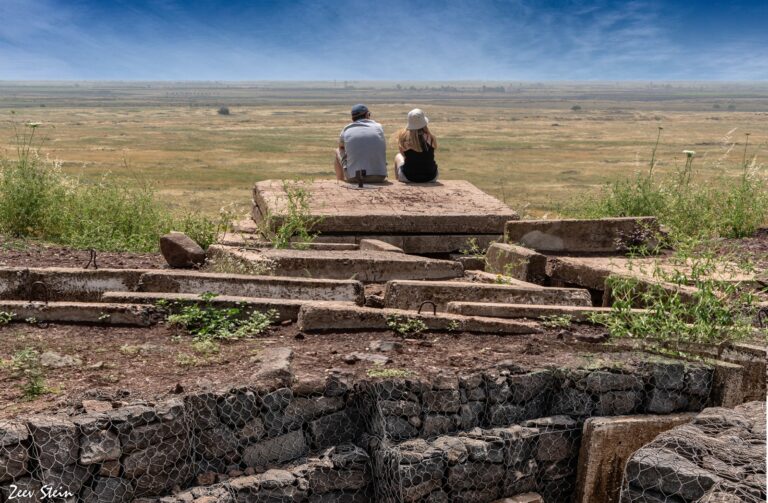
Megalithic buildings built of huge stones have excited the imagination of researchers since time immemorial.
Who founded them? How did they place the heavy stones on top of each other without any engineering equipment? And how do the stones remain arranged in this structure for so many years, without cement?
There are also such structures in Israel: hundreds of dolmens (stone tables) are scattered throughout the Golan Heights. These are megalithic structures, built in the structure of a table – two vertical stones on which the head stone is balanced.
The dolmens, many of which originally served as burial chambers, were typical of the Neolithic period (10000-2200 BCE), but were also used in the Bronze Age (3300-1200 BCE).
A particularly high concentration of dolmens is found in a field near the ancient city of Gamla. It is hard not to stand in awe of the tremendous power inherent in them and wonder how they were created and for what purpose.
2. Gilgal Refaim, Golan Heights
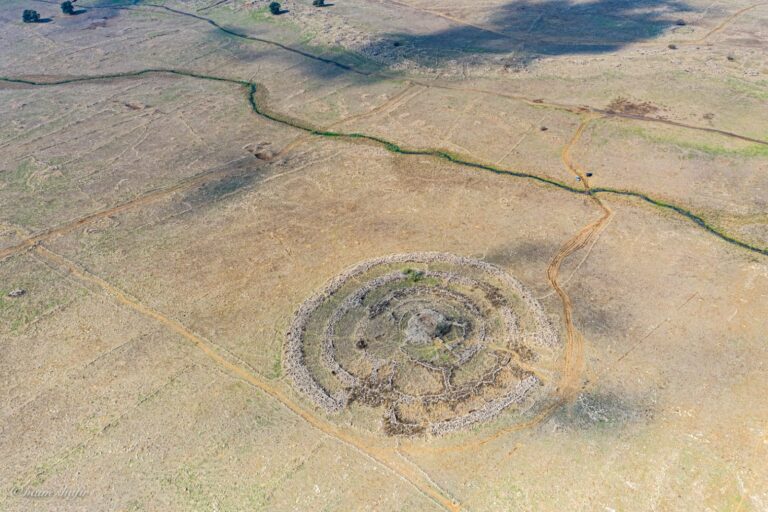
The most famous stone circle site in Israel, which received publicity worldwide, proves that you don’t have to travel to Britain to see stone circles — just go to the Golan Heights.
In the heart of a vast plain, near the Yonatan settlement, are scattered no less than 42,000 basalt stones arranged in circles. In the center of the circles is a mound of stones about five meters high. The Arabs named the place Rujm el-Hiri, “the pile of stones of the wild cat.” In Hebrew it is called Gilgal Refaim, “ghost wheel.”
Estimates suggest that the site was built at the end of the Chalcolithic period (5500-3000 BCE), but the reason why it was founded is not clear.
There is speculation that it was built as a burial site for high-ranking people, and the tomb in the center of the site strengthens this hypothesis. However, the tomb was built about a thousand years after the construction of the stone circle and no human bones were found in it, only objects and jewelry.
Another hypothesis is that the place was used for ceremonies to the gods Ishtar and Tammuz – gods of fertility — as thanks for the good harvest. There is also a belief that the place was used as a primitive calendar or for astronomical observations.
And, as in the cases of stone circles shrouded in mystery around the world, different theories have been put forward here too, for example, that the circle was established by giants living in the area. By the way, inside the central mound of Gilgal Refaim is a dolmen.
3. Atlit Fortress
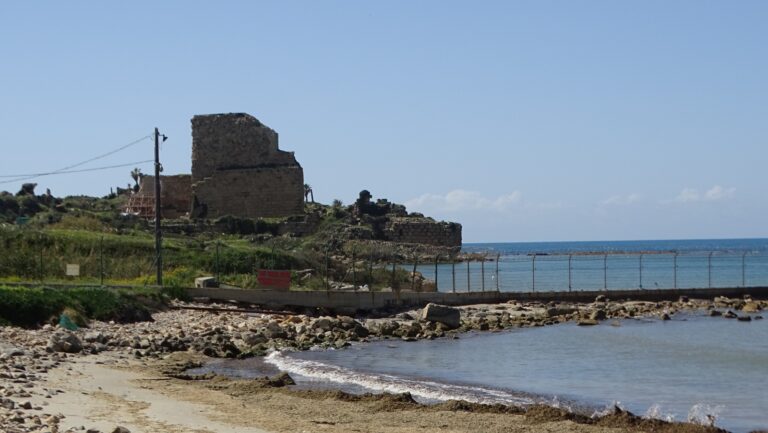
While there are places that are mysterious because no-one knows how, or why, they were founded, there are places shrouded in an aura of mystery, such as the Atlit Fortress, because only very few have had the privilege of visiting them.
Anyone who drives on the coastal road near Atlit can see the peninsula with its impressive remains of a Crusader fortress. The fortress was built in 1218 by the Knights Templar, and served as the seat of the last Crusaders in the Land of Israel before they abandoned their kingdom.
The history of the building, and of the Templar Order, stirs the imagination, but since the 1950s the fortress has been used as a secret training base for the Israel Defense Forces and entry is prohibited to the public.
Thus, all that is left to do is observe it from afar (from the old fishing pier or from the water pool at the Karta Ruins Reserve) and think about its glorious and intriguing past.
4. Zawayat El-Shadlia | El Majdila Mosque, Acre
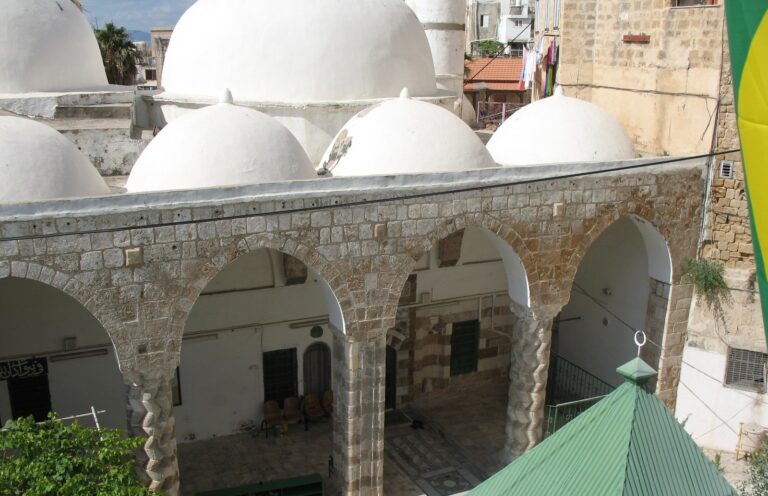
The Sufi movement is a mystical current in Islam, similar to Kabbalism in Judaism and Gnosticism in Christianity. Sufis advocate love, peace and the pursuit of unity with God, whom they worship through singing, dancing, art and meditation.
Some believe the Sufi movement was born in Israel, and the first center of the Sufis in Israel was in Ramla. With the outbreak of the 1948 Arab–Israeli War (Israel’s War of Independence), many of the Sufi orders in Israel disbanded. In recent years, Sufi centers have been reopened and the movement is flourishing again in Israel.
The Sufi center Zawayat El-Shadlia, in the old city of Acre (Akko), was established in 1862 and for years served as the world center of the Shadli Sufi order. Later, the spiritual center of the order moved to Lebanon, but in recent years, the center in Acre has been undergoing extensive renovation works aimed to put Acre once again at the spiritual center of the mystical order.
The appearance of the building from the outside does not hint at the grandeur and splendor inside: A spectacular dome, colorful marble columns, carpets and works of art and gardens with Andalusian-style pools and fountains are only part of what is hidden inside the blue-domed stone structure.
And more than what the eyes see, it is fascinating to get to know the spiritual and mysterious side of the Sufi faith.
5. The Ethiopian monastery above the Church of the Holy Sepulcher, Jerusalem
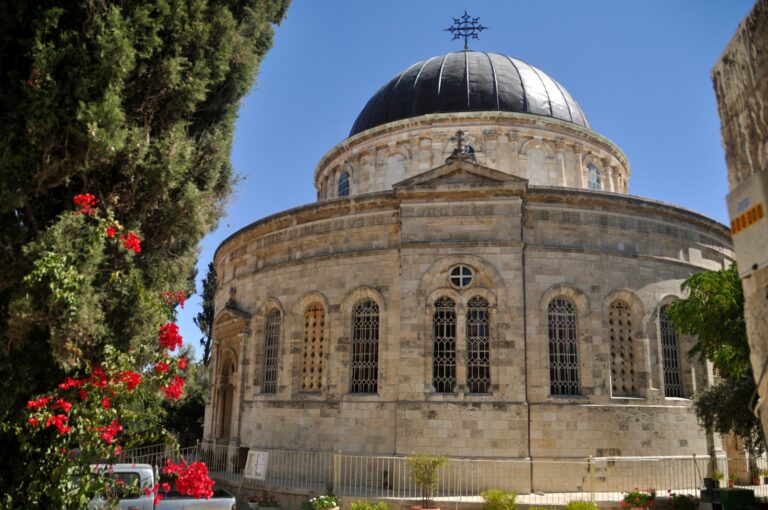
The Church of the Holy Sepulcher in Jerusalem is one of the most important churches in the world, because according to Christian belief, Jesus was buried there after being taken down from the cross and from this tomb he was resurrected.
But not everyone knows that on the roof of the church’s Saint Helena chapel, in the place considered to be the ninth station of the path of torment, lives a tiny compound of Ethiopian monks. Designed as an Ethiopian village, the monastery rooms are built of clay, painted in bright colors and furnished ascetically.
During the Crusader period, the roof of the church was used as a dining hall for knights, but the ceiling of the hall did not survive and only the remains of the columns and arches testify to the splendor that was once here.
In 1760, the Ethiopian church took over the ruins, but since the place belonged to the Coptic church before that, there has been a dispute over the ownership of the area ever since. The monastery returned to the Copts in 1830, while the Ethiopians returned and took control of it after the Six Day War in 1967. Today, Ethiopian monks lead an ascetic communal life there.
6. Jerusalem Water Channel
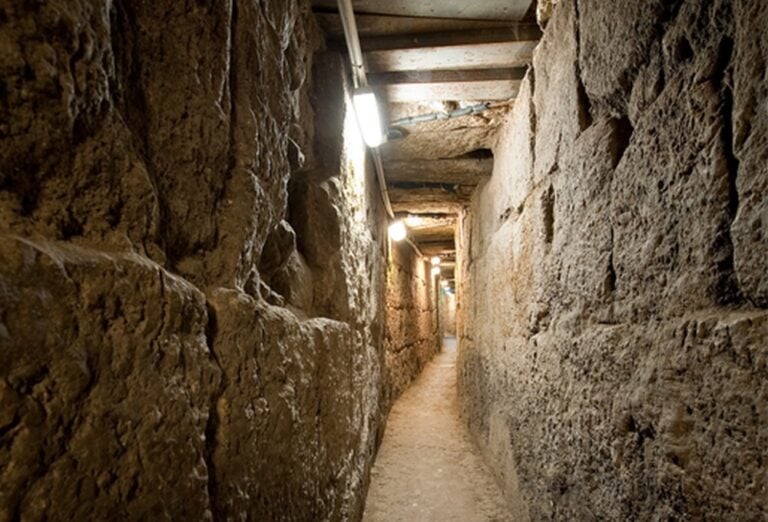
Just under the streets of the Old City of Jerusalem, there is a branching system of tunnels built as drainage canals at the end of the Second Temple period in the beginning of the common era. They were later used for hiding during the Great Revolt of the Jews against the Romans.
One of the most important tunnels is the drainage canal in the City of David, located under the main paved street that crosses Jerusalem, from the Western Wall in the north to the Shiloh Pool in the City of David in the south.
The height of the canal reaches up to three meters in some places, so that you could walk in it with your head upright, and it is about a meter wide. The channel was built to drain rainwater so that it would not disturb the many residents and pilgrims who came to Jerusalem and walked on the paved street right above the channel. During the Great Rebellion, many rebels found refuge in the canal and some of them lived there until they escaped outside the city.
7. Hidden caves in the Judean Lowlands
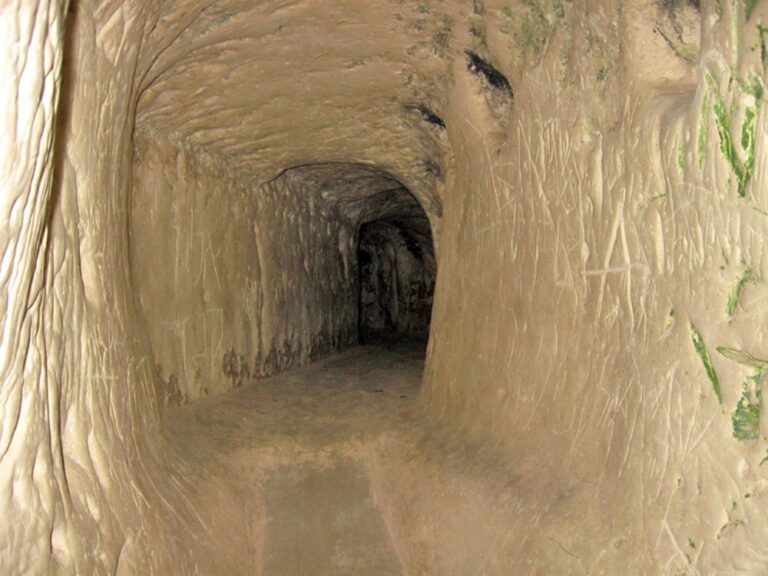
The rebels who hid in the drainage channel in Jerusalem were not the first, nor the last, to hide underground. Caves have always been an excellent hiding place, and in Israel many such caves were common in the Judean Lowlands, thanks to the white soft chalk rock that characterizes the area and allows for easy carving.
In the Judean Lowlands there are thousands of caves and pits dug for various purposes — cisterns, cloth houses, warehouses and more. Many of these caves were later converted to hideouts. The complex and important hideaways in the area were apparently set up by members of Bar Kokhba’s army in preparation for the Bar Kokhba rebellion (132-135 CE) against Roman rule.
Today, about 300 such cave systems are known in the Judean Lowlands and the Galilee. The caves are usually characterized by wide spaces with narrow openings, which are connected by narrow and low caves. Some speculate that the Romans located the ventilation openings of the caves and blew in smoke, which forced the rebels to come out and surrender.
8. The pyramid in the ruins of Madras
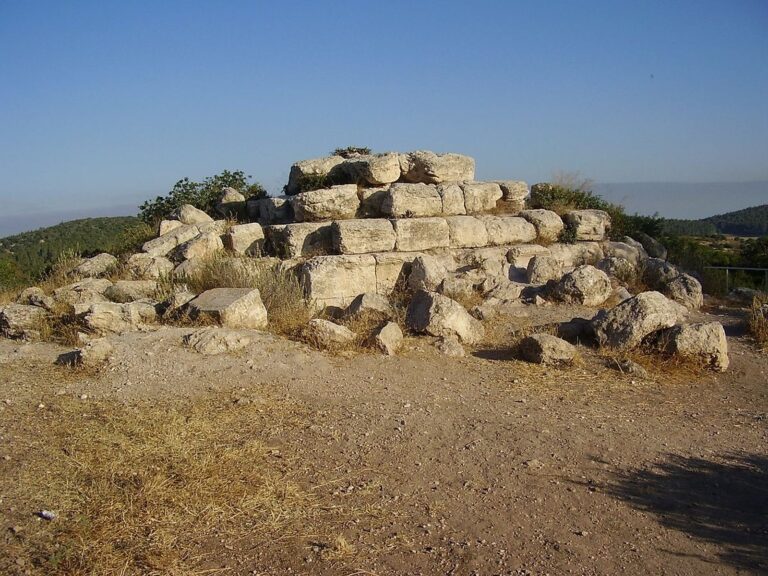
Another site famous for its concealment system is the Madras ruins in the Adullam Grove Nature Reserve. The site includes remains of an agricultural settlement dating back to the Hellenistic period, with ruins of houses and burial and hiding caves.
It’s also famous for its pyramid. Admittedly, at just 10 meters (32.8 feet) wide and 3.5 meters (11.4 feet) high, it is much more modest than the pyramids of Egypt. But, just like the pyramids there, the Madras pyramid is part of a magnificent burial system. It was a memorial to the people buried under it, based on the concept that the pyramid-like structure served as a dwelling place for the souls of the dead.
9. The bulbous field in Nahal Tzin
Around the world there are places where hundreds or thousands of giant stones are scattered and no one knows how they got there. There is a similar phenomenon in Israel – the bulbous field in Nahal Tzin.
In this large field at the foot of Mount Tzin – a flat-top mountain in the Negev Desert — thousands of round (bulbous) limestone rocks up to 50 centimeters in diameter are densely scattered.
This is the only place in Israel with such a large concentration of limestone bulbous rocks. Fossils of creatures such as fish and oysters were found in many of them. How were these rocks created? Bedouin residents of the area say that the biblical story of Sodom and Gomorrah happened here, and that God, who was angry with the sinners, turned their heads into stone, so that they would see and be seen.
10. Har Karkom | Mount Karkom
Many mysteries have been associated with Mount Karkom, which lies in the southwestern Negev close to the border with Egypt.
A significant part of the mystery is associated with the many rock paintings found here — over 40,000 images and signs, including paintings of animals and portraits of everyday scenes such as hunting or prayer and even a painting that some believe depicts the Tablets of the Covenant. This image, along with other findings, led to theories that Karkom is the biblical Mount Sinai, although this concept does not enjoy a consensus among archeologists.
In addition to rock paintings, over a thousand archeological sites were found on the mountain, whose geological age is estimated at 40 million years, from the Paleolithic period to the Ottoman period, which indicates a sequence of human settlement in the place. Many of the sites found are burial and cult sites.
In recent years, the aura of mystery around the mountain has grown thanks to an unusual phenomenon that occurs there in December, around the shortest day of the year: starting at noon, a halo of light emerges from the edge of one of the caves on the side of the mountain, which looks like fire breaking out of the rock.
The phenomenon, nicknamed “the burning bush,” actually has an explanation: At this time of the year, the sun is at its lowest angle in front of the Earth. When the sun’s rays hit the interior of one of the caves on the side of the mountain, the cave wall reflects the light rays and creates the effect of yellow-orange light emanating from the cave.
